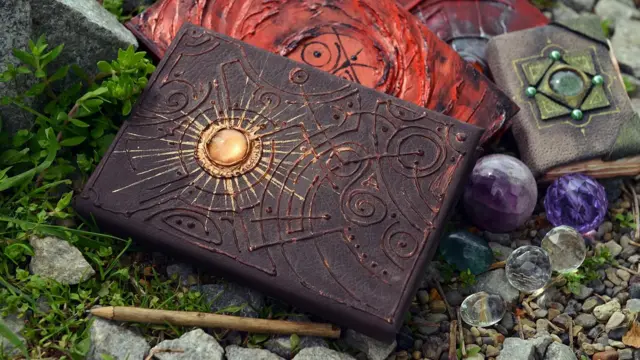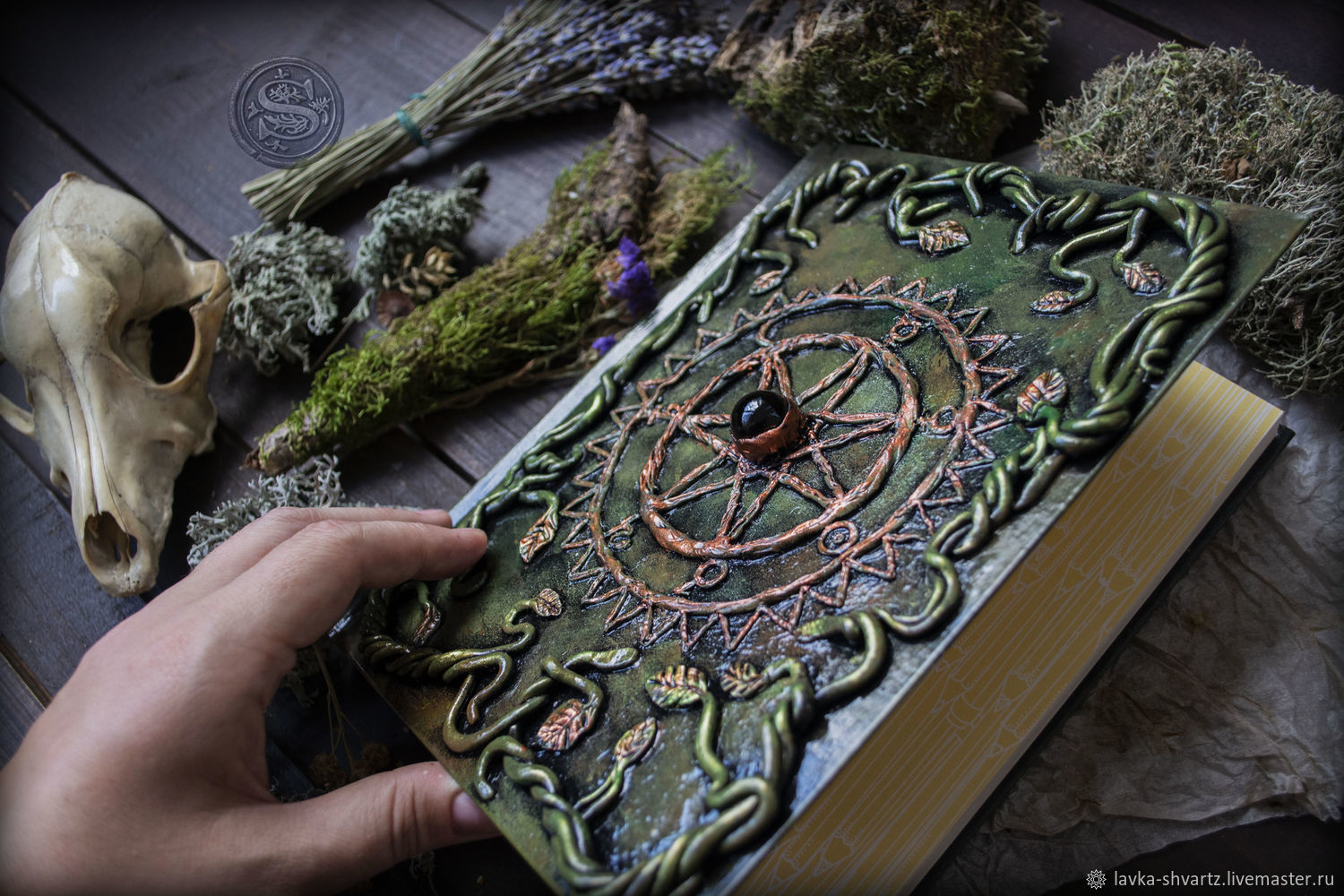Meaning of Hecate
Ancient Greek Etymology
Hecate’s name holds a fascinating etymological history that offers insight into her ancient Greek identity.
The most widely accepted theory links Hecate to the Proto-Indo-European root keik-, meaning “to shine” or “to appear.” This linguistic connection aligns with Hecate’s association with light, torches, and crossroads – places where boundaries between worlds blur.
Another possible origin traces her name back to heka-, a term found in ancient Greek referring to magic or sorcery. This interpretation is reinforced by Hecate’s role as a powerful goddess associated with witchcraft and the underworld. Her epithet Hecate Brizo, meaning “Hecate who drives,” further underscores this link to magical power, invoking images of her guiding spirits or presiding over nocturnal rituals.
The evolution of the name from keik- to Hekatē demonstrates the dynamic nature of language. Over time, the original meaning may have broadened to encompass not just physical appearance but also the supernatural aspects associated with Hecate’s domain.
Ultimately, the etymology of Hecate’s name reflects her complex and multifaceted character. She is a goddess of light and darkness, magic and crossroads, embodying both the alluring and the perilous aspects of the unknown world.
Associations with Light and Crossroads
Hecate’s origins are shrouded in mystery, but her name likely derives from an ancient Greek root word meaning “far-shining” or “she who brings light.” This etymology suggests a connection to illumination, both literally and metaphorically.
In Greek mythology, Hecate is revered as the goddess of witchcraft, magic, crossroads, ghosts, and necromancy. She is often depicted as a triple-bodied goddess, symbolizing her dominion over three realms: the underworld, the world of mortals, and the heavens.
Hecate’s association with light stems from her role as a guide in the darkness. As the goddess of crossroads, she presided over transitions and choices, often appearing as a beacon for travelers lost in the night or facing difficult decisions.
The crossroads, a symbol of juncture and transformation, are deeply entwined with Hecate’s mythology.
- They represent moments of choice and uncertainty.
- Hecate’s presence at these points suggests she illuminates the path ahead, offering guidance and support during times of transition.
Moreover, Hecate is often depicted carrying torches, symbolizing her ability to dispel darkness and illuminate hidden truths. This association with light also extends to her role as a protector, warding off evil spirits and bringing safety to those who seek her aid.
Origin and History of the Name Hecate
Myths and Legends
Hecate is a goddess from ancient Greek mythology, often depicted as a triple goddess with torches, associated with magic, witchcraft, crossroads, light, and the moon.
The name “Hecate” has uncertain origins, but it likely stems from an earlier Proto-Greek word meaning “to shine” or “to bring forth.” This connection to light is consistent with her association with torches and illumination in the darkness.
Early appearances of Hecate in Greek literature are sparse. She is mentioned briefly in Homer’s Odyssey but takes a more prominent role in later texts, particularly during the Archaic and Classical periods (8th-5th centuries BCE).
Her worship spread throughout ancient Greece, with sanctuaries dedicated to her found in various locations.
Myths and Legends
Hecate’s myths often emphasize her role as a protector of travelers, especially at night. She is also linked to witchcraft and magic, both beneficial and harmful.
One famous story involves Hecate guiding the hero Theseus through the Labyrinth, where he confronted and killed the Minotaur. Another legend portrays her aiding Odysseus on his perilous journey home by providing him with guidance and protection from supernatural threats.
Hecate is also associated with Persephone’s descent to the Underworld. In some versions of this myth, she accompanies Persephone to guide her through the realm of Hades and help ensure her safe return to the surface world.
Hecate as a Triple Goddess
The triple goddess motif is a recurring theme in many ancient cultures, symbolizing different aspects of the feminine divine. In the case of Hecate, her three forms often represent:
- Maiden: Associated with youthfulness, innocence, and beginnings
- Mother: Linked to fertility, growth, and nourishment
- Crone: Representing wisdom, experience, and the cycles of life and death.
These representations highlight Hecate’s multifaceted nature and her connection to both light and darkness, creation and destruction, youth and age.
Evolution of Worship
The name Hecate has its roots deep in ancient Greek mythology and pre-dates even written history. Its exact origin is shrouded in mystery, but several etymological theories exist. One prominent theory links it to the Proto-Indo-European root “ekʷ-“, meaning “to be far away,” or perhaps “to shine,” which could hint at her association with crossroads and the moon.
Another theory connects Hecate to the word “Hekaton,” meaning “hundred,” potentially referencing a multitude of aspects she embodies, or a vast domain she oversees. Interestingly, the name might also have ties to the Anatolian goddess Hekate, further highlighting the potential for ancient connections between Greek and other cultures’ deities.
Hecate’s worship evolved significantly over time, mirroring shifts in religious practices and societal beliefs within ancient Greece. In her early manifestations, she was primarily associated with crossroads, light, and magic. As a chthonic goddess, meaning connected to the underworld, she also possessed dominion over ghosts and souls.
Hecate’s role as a protector against evil spirits and a guide for travelers on journeys – both physical and metaphysical – grew in prominence. She was invoked in rituals, prayers, and incantations for protection, fertility, and success in various endeavors.
With the rise of Olympian gods, Hecate’s status remained significant, though perhaps less central than her earlier dominance. Her association with witchcraft and darker aspects of magic intensified during the Hellenistic period, possibly influenced by external traditions and philosophical developments.
Even after the spread of Christianity, Hecate’s presence lingered in folk beliefs and practices across Europe. Her image appeared on amulets and protective charms, while her name continued to resonate with those seeking guidance, protection, and knowledge beyond the ordinary.
Hecate Throughout Time
Classical Antiquity
Hecate’s name and its meaning are shrouded in mystery, even among scholars.
It likely originates from an ancient Greek word ἑκάτη or ἡκατέ, which itself may derive from a Proto-Indo-European root meaning “to be far away” or “she who is distant,” perhaps reflecting her association with the edges of the world and realms beyond human experience.
Another theory suggests it’s related to the word ἑκάλη meaning “light” or “torch,” linking her to her role as a torch-bearing goddess.
Despite these uncertain origins, Hecate was a significant figure in Classical Antiquity, holding a unique position within the Greek pantheon.
She was not just a goddess of witchcraft and magic, but also a protector, guide, and bringer of light. Her presence extended across various spheres of life.
Origins of Hecate’s Worship
Her worship seems to have predated the rise of Olympian gods, possibly originating in pre-Hellenic times or with specific geographical regions like Thessaly.
This early association might explain her enduring connection to chthonic deities and the underworld, as well as her role as a psychopomp, guiding souls to the afterlife.
The Triple Goddess
Hecate is often depicted as a triple goddess, sometimes with three heads or bodies. This motif likely represents her multifaceted nature: maiden (youthful potential), mother (procreation and wisdom), and crone (transition and endings).
Each aspect highlights different facets of her power and influence.
Associations with Magic and the Underworld: In Classical Antiquity, Hecate was widely invoked for protection, guidance in darkness, and assistance in divination. She was a key figure in witchcraft practices, often linked with crossroads, night, and animals (such as dogs). Her connection to the underworld deepened her association with the mysteries of life and death.
Influence on Roman Religion: The Romans adopted Hecate into their own mythology, associating her with Diana, the goddess of the hunt and protector of women. This fusion reflected both cultural exchange and the similar roles these goddesses played in protecting boundaries and guiding spirits.
Later Pagan Traditions
Hecate’s origins are shrouded in the mists of time, predating recorded history. Her name, likely derived from a Proto-Indo-European root meaning “to shine,” speaks to her association with light, particularly moonlight and the torch. This connection to illumination is fundamental to understanding Hecate’s multifaceted nature as a goddess who guides travelers through darkness both physical and metaphysical.
Ancient Greece embraced Hecate with open arms, venerating her as the protectress of crossroads, gateways, and boundaries – liminal spaces where the worlds intersect. She was invoked for safe journeys, protection from harm, and guidance in matters of magic and witchcraft. Her three-bodied form, often depicted with torches, symbolized her dominion over these transitional realms.
While Hecate’s role as a goddess of crossroads was prominent, her influence extended far beyond mere geographical boundaries. She was also associated with childbirth, death, and the underworld, demonstrating a deep connection to life’s cycles and the mysteries surrounding them. Her association with witchcraft solidified in later periods, likely fueled by her knowledge of herbs, divination, and the manipulation of energies.
During Roman rule, Hecate’s Greek identity was absorbed into the existing pantheon. She became associated with Diana, the goddess of hunting and chastity, further emphasizing her connection to nature and wilderness. This syncretism allowed for a broader appeal across religious traditions while maintaining core aspects of her ancient worship.
Despite the rise of Christianity and the subsequent decline of paganism, Hecate’s legacy endured in whispers and folk tales. She persisted as a figure of both fear and reverence, representing the untamed forces of nature and the hidden depths of the human psyche.
In contemporary pagan traditions, Hecate has experienced a resurgence in popularity. Wiccans, witches, and other spiritual seekers draw inspiration from her ancient power, embracing her as a guide, protector, and teacher. Her association with magic, divination, and the crossroads resonates deeply with those seeking self-discovery and connection to the unseen world.
Hecate’s enduring presence speaks volumes about the human need to confront the unknown, to navigate the complexities of life and death, and to seek guidance in times of darkness. Her story is a testament to the power of myth and the timeless relevance of ancient wisdom.
- 30 Best B2B Leads Database Providers to Try in 2025 - April 26, 2025
- Best Clay Alternatives for 2025 - April 26, 2025
- Best Lusha Alternatives for 2025 - April 26, 2025


